In the Asturias, white sandy beaches blend with mountainous terrains. And within these beautiful landscapes is a story of the most fabulous...
For more than forty years, the Spanish royal family and Asturias have been linked. Heirs and heirs of the throne bear the title of prince or princess of this autonomous province. But why should this small territory be so important?
Wanderlix offers you to discover this region in the form of a micro road-trip. After 3 days on the spot, you'll have finally pierced this mystery!
Pelayo, alone against all
Day 1:
- City of departure: Oviedo
- City of arrival : Cangas de Onis, in the cave of Covadonga
- Places to visit: cave of Convadonga, Pics d’Europe, Lac d’Enol and Ercina
- Recommended time: day
1,300 years ago, the battle raged. The omeyade califat has finally invaded North Africa and crossed the Strait of Gibraltar to reach the European continent. The kingdom of Wisigoths, unprepared for such power, is submerged.
Military defeats succeed and nothing remains of the land of the German monarchy. I mean, almost nothing. In the North, some unconsciouss decided to resist the invader. At the head of these irreducible germs, Pelayo. His story is blurred. Some writings say it of royal lineage, others from a people sailing on the sea. To close the debate, the Asturians finally decided that it came from their region.
The conqueror organizes the asturian resistance but the high-spheres of the omeyade empire want to quickly end this guerilla. A part of the army is therefore dispatched on site. The strength ratio is unbalanced, the pocket of resistance may be demolished.
Fortunately, Pelayo has a plan. Direction the Covadonga Cave where a battle of the Iberian Thermopyles is taking place. But unlike the spartata, it is the camp in digital inferiority that triumphs. Finally, not all honors come back to Pelayo's tactical genius.
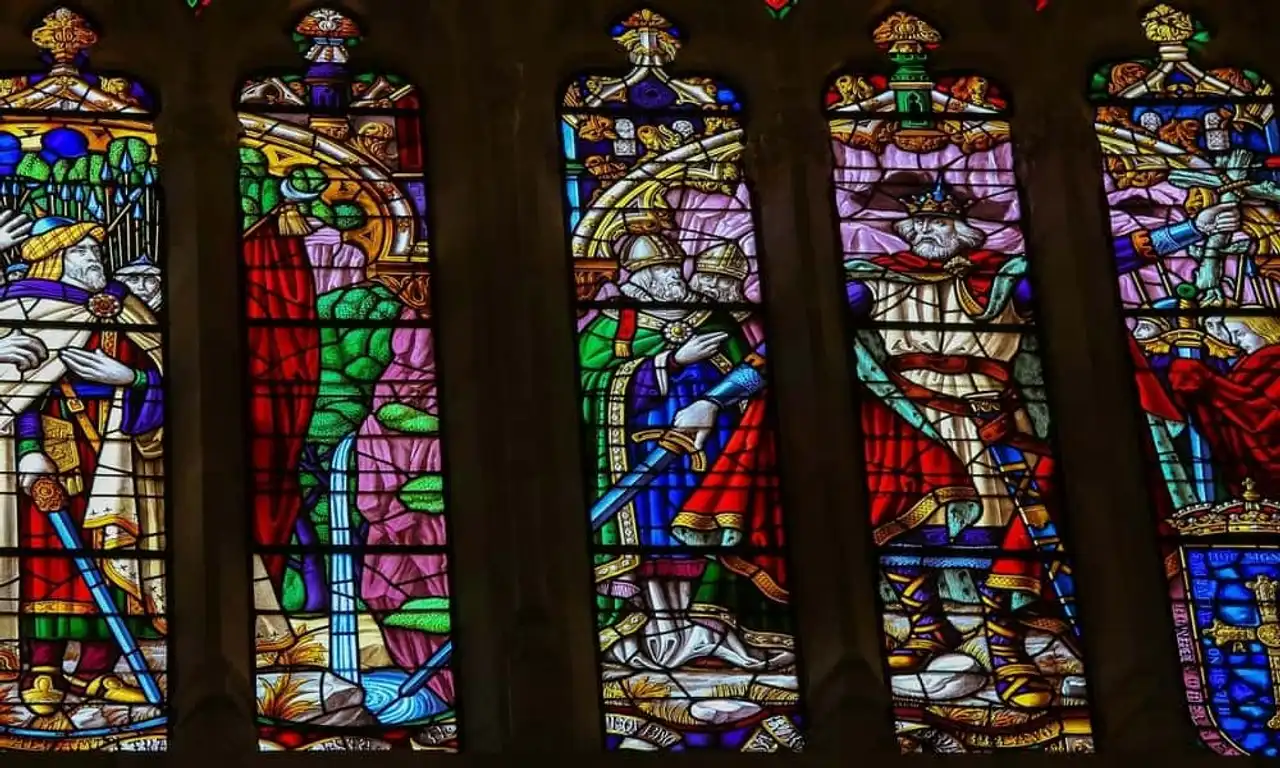
Photo credit: Shutterstock – jorisvo
The mysticism around Covadonga
A divine protection would have surrounded Pelayo's brave soldiers. His coming? The cave and the Cross of Victory. It is this mystical environment that we will impregnate.
Long before Christians sanctify it – Covadonga comes from the Latin Cova Dominica is literally the "Great of the Lady" – the Wisigoth had already captured the spiritual essence of the place. Impressed by the stunt, the barbarian people then worshiped water.
Be careful to listen to the sound of the water flowing through the lake to feel the exhilarated atmosphere of the place. Not far from there is the famous " Fontaine des 7 jets". According to legend, any single woman drinking each jet would end up married in the year. It is now time to visit the place.
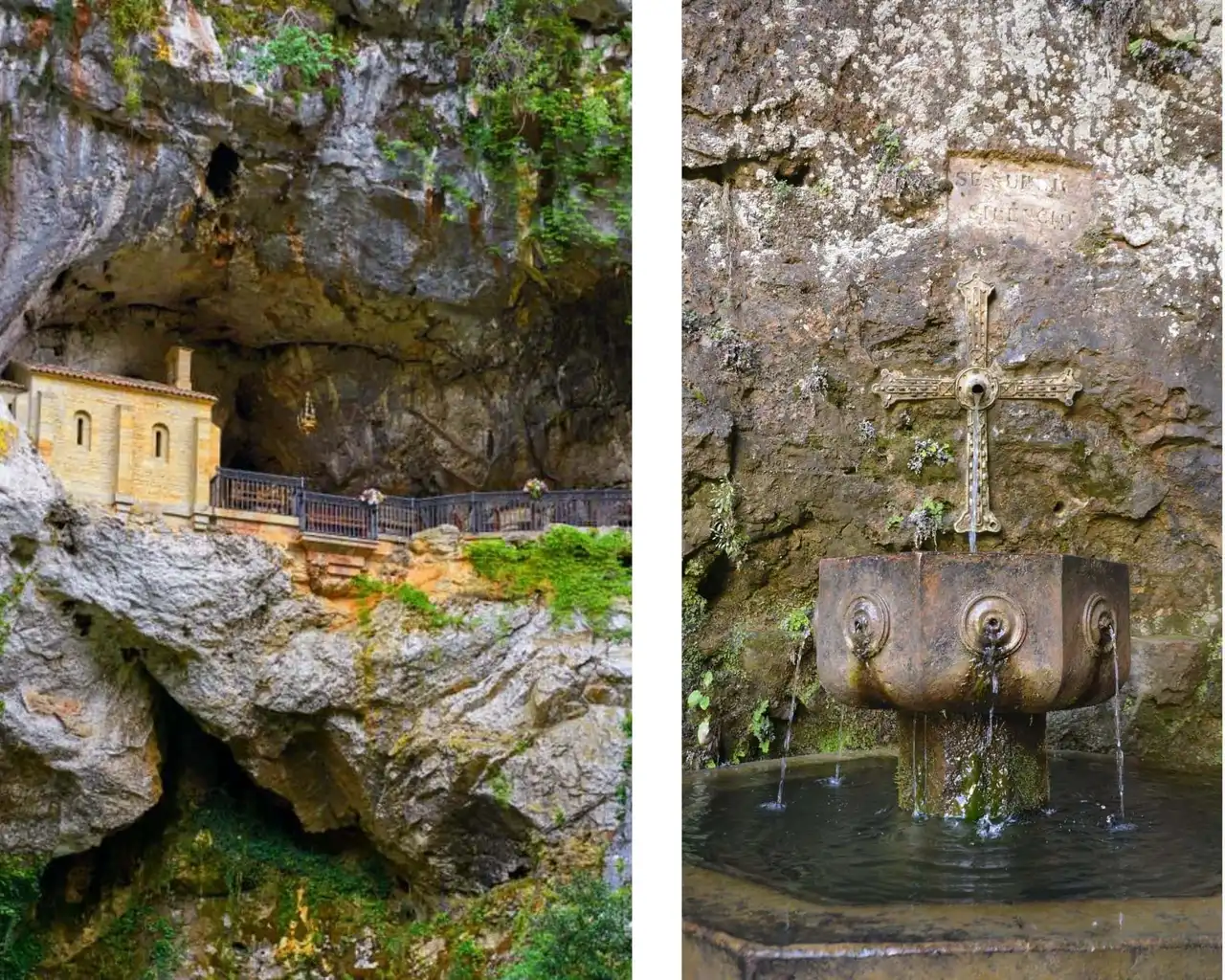
Photo credit: Shutterstock – TamaraLSanchez & lunamarina
The most important monuments are higher in the cave. Accessible by stairs – that the most pious promise to kneel - the chapel and tomb of Pelayo each have their particular history. Inside the small religious building there is a statue of the Virgin.
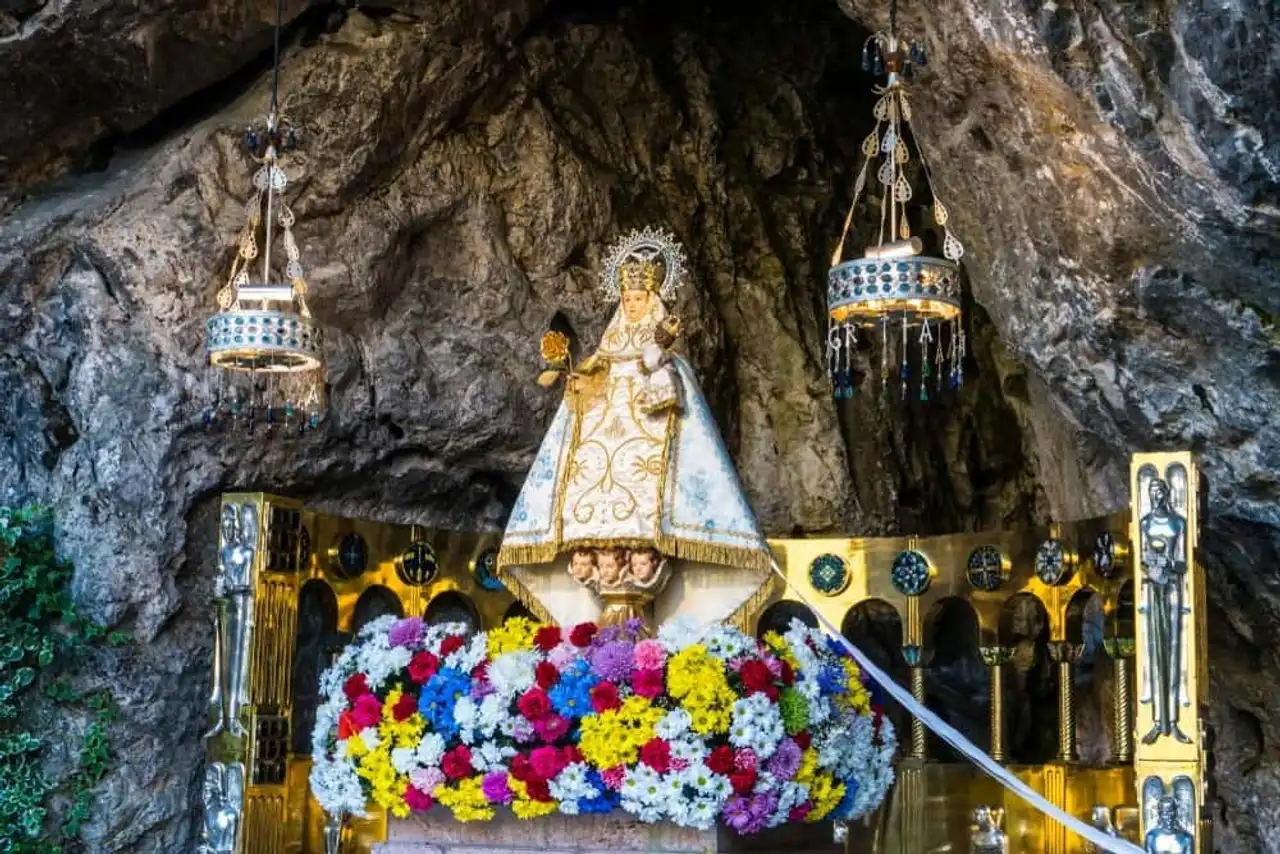
Photo credit: Shutterstock – jcfotografo
When he was made, only the painting dressed him. If it preserves all its symbolic aura, this statue is not of origin. The first version had been the victim of a fire in 1777, the work was replaced by the Spanish Fine Arts Directorate, before being stolen in 1939 to finally be found in... Paris!
Continue your pilgrimage by surveying the wet galleries of the cave. You will then fall on the grave of Pelayo and his wife Gaudiosa. Their bodies were initially located within the Church of Saint Eulalia, in the neighboring town of Albamia. But the local authorities wanted the hero and his beloved to rest on this highly symbolic place. Since then, the place where this symbolic couple is buried has become a real mausoleum.
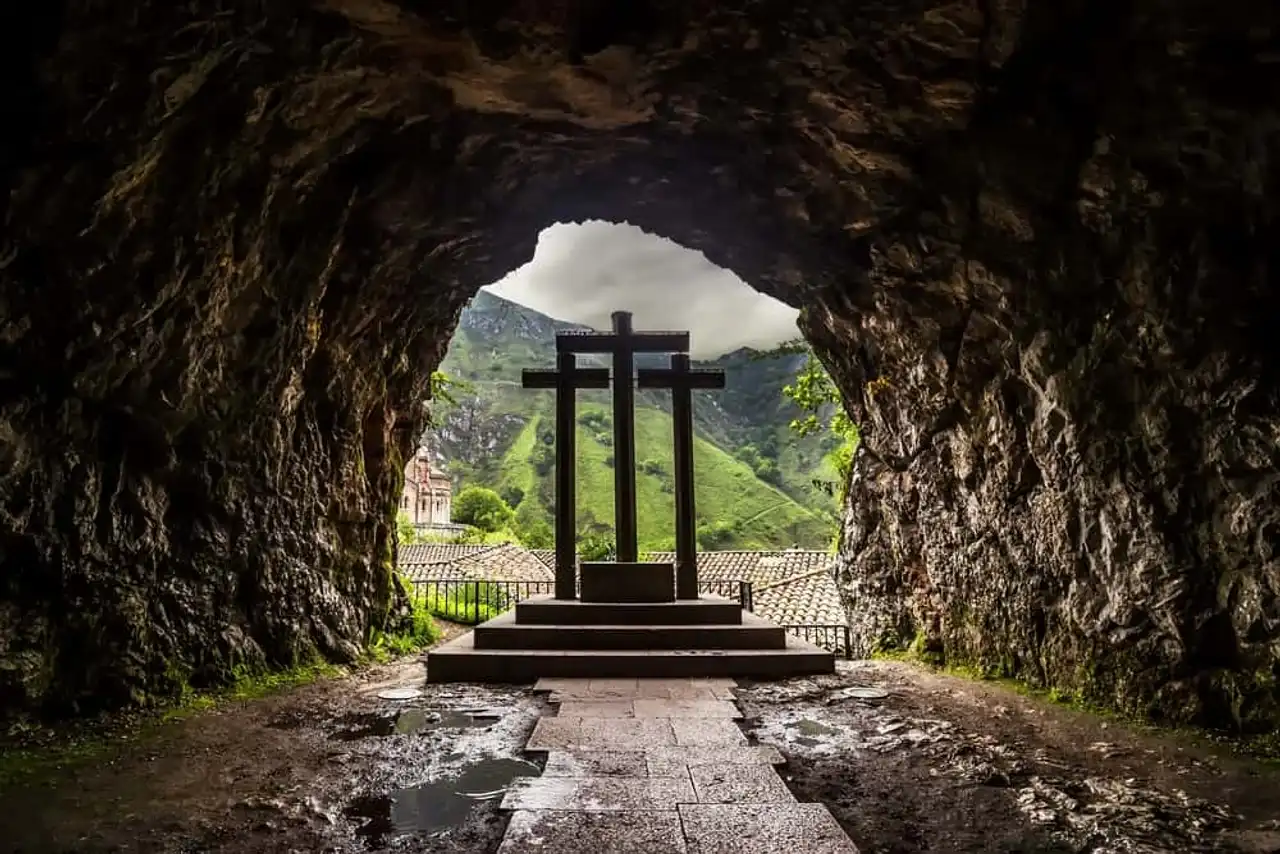
Photo credit: Shutterstock – Brands
Next to this cave is the Basilica of Covadonga. Although built at the end of the 19th century, the building retains the neo-Roman inspirations typical of the Asturias. This imposing realization overlooks the landscape and its red stone sliced with the surrounding green.
Adventure inside to admire a representation of the epic battle and the cindy knight. And after admiring it in painting, you can contemplate Pelayo in the form of bronze, surmounted by the Cross of Victory, which he branded during the battle and whose original is exposed to the Cámara Santa d’Oviedo.
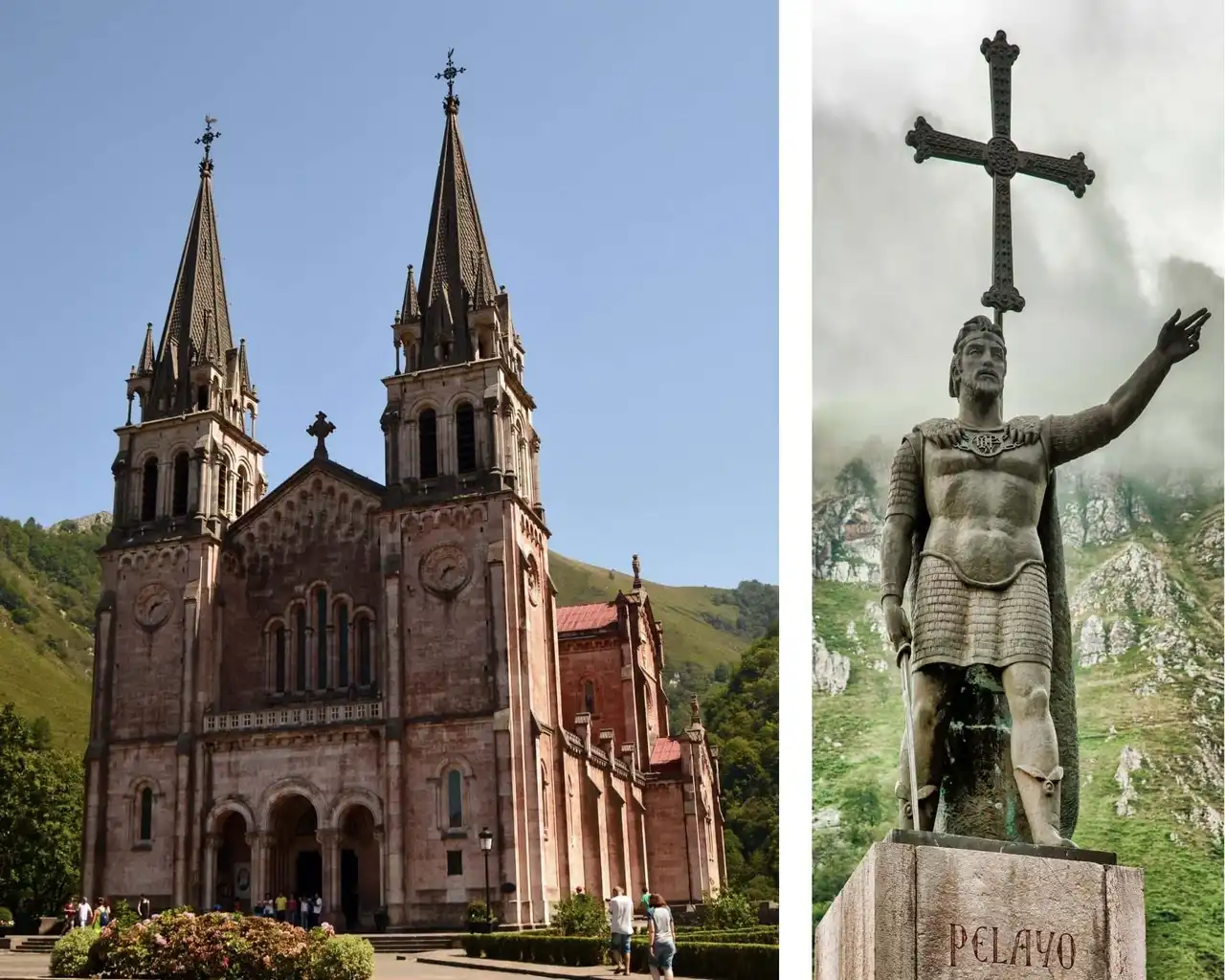
Photo credit: Shutterstock – edu_photographer_arg & Jorge Alves
Natural treasures of Covadonga
A natural parenthesis is necessary during this historic journey. Take advantage of the natural riches of the place by venturing yourself to some of the site you just visited. The waters of a limpid blue of the lakes of Enol and Ercina, associated with the green of the local flora, provide this place a true bucolic charm.
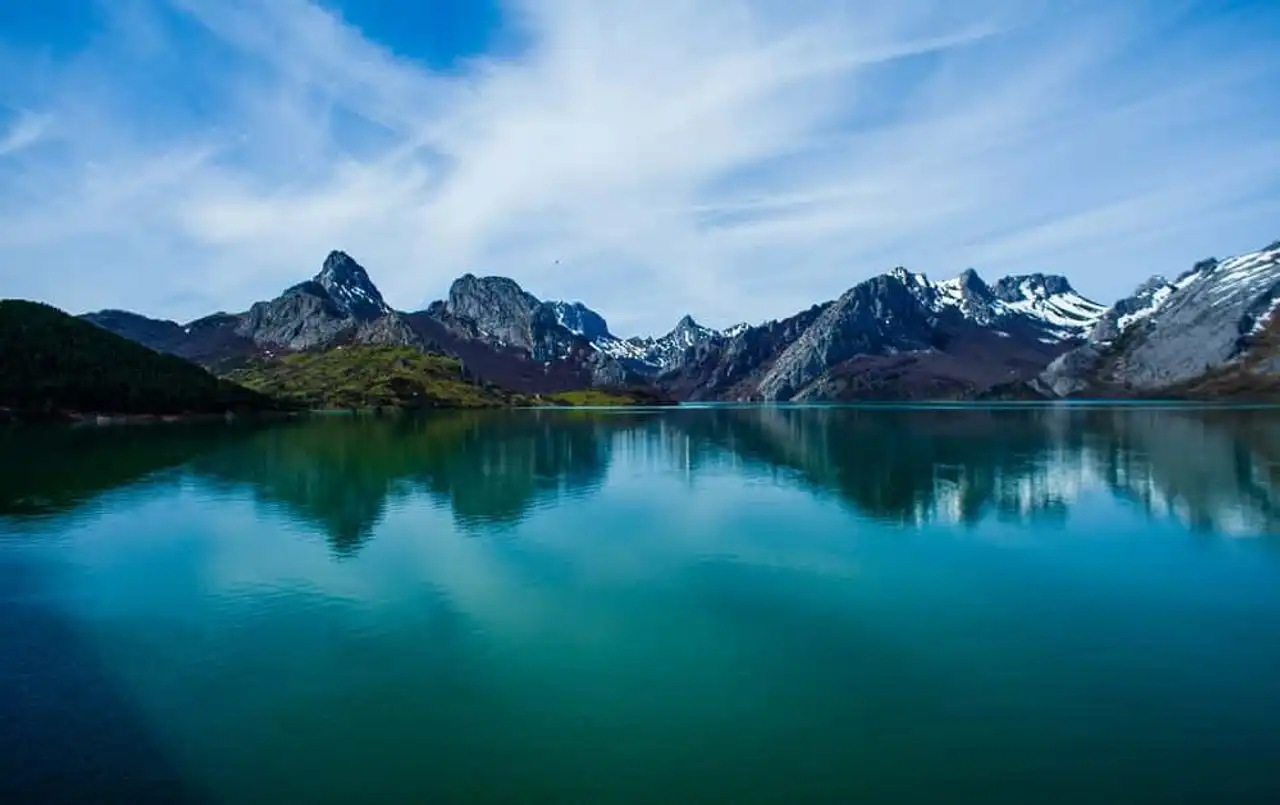
Photo credit: Shutterstock – Miguel Maccas
And for those who want to place their getaway under the sign of the hike, you can always walk in the Pics of Europe. This mountain range extends over 3 provinces in Spain – the Asturias, Cantabria and León – and houses the must-see sites of the Hermida, Liebana and Cares Trails. Engage through tortuous paths to reach the heights and get a breathtaking view of the region
After enjoying the beauty of these landscapes and the cave, you go back to the footsteps of Pelayo. The warlord did not satisfy himself to contemplate the treasures of his lands and, well decided to conquer the Spanish lands, he headed to Cangas de Onis.
Cangas de Onis, the first capital
Day 2:
- City of departure: Cangas de Onis
- City of arrival : Oviedo
- Places to visit: bridge of Cangas de Onis, church Nuestra Señora de la Asunción, hermitage of Santa Cruz, asturian villages Ribadesella, Llanes and Lastres
- Recommended time: a maximum half day in Cangas de Onis, the rest of the time to visit the Asturian villages
Despite the defeat, the Umayyad empire prefers to focus on the invasion of the Kingdom of the Franks rather than tarnish on the revolt of such a small territory. This tranquility will allow Pelayo to build the Kingdom of Asturias. So he made Cangas de Onis his capital and established his court there.
The Asturians take advantage of it to give their city the informal title of “First Capital of Spain”, the entire country being invaded. However, after Pelayo's death in 737, it was quickly abandoned. Its strategic location leaves it to be desired and it is no surprise that León delights him as the capital of the kingdom in 774.
Preroman remains
Today, some traces still testify to the past of the city. Although built under the Roman era, its famous bridge carries a new replica of the Cross of Victory. Moreover, despite the importance that Pelayo wore in Cangas de Onis, none of his successors had erected a monument in his honour in this city.
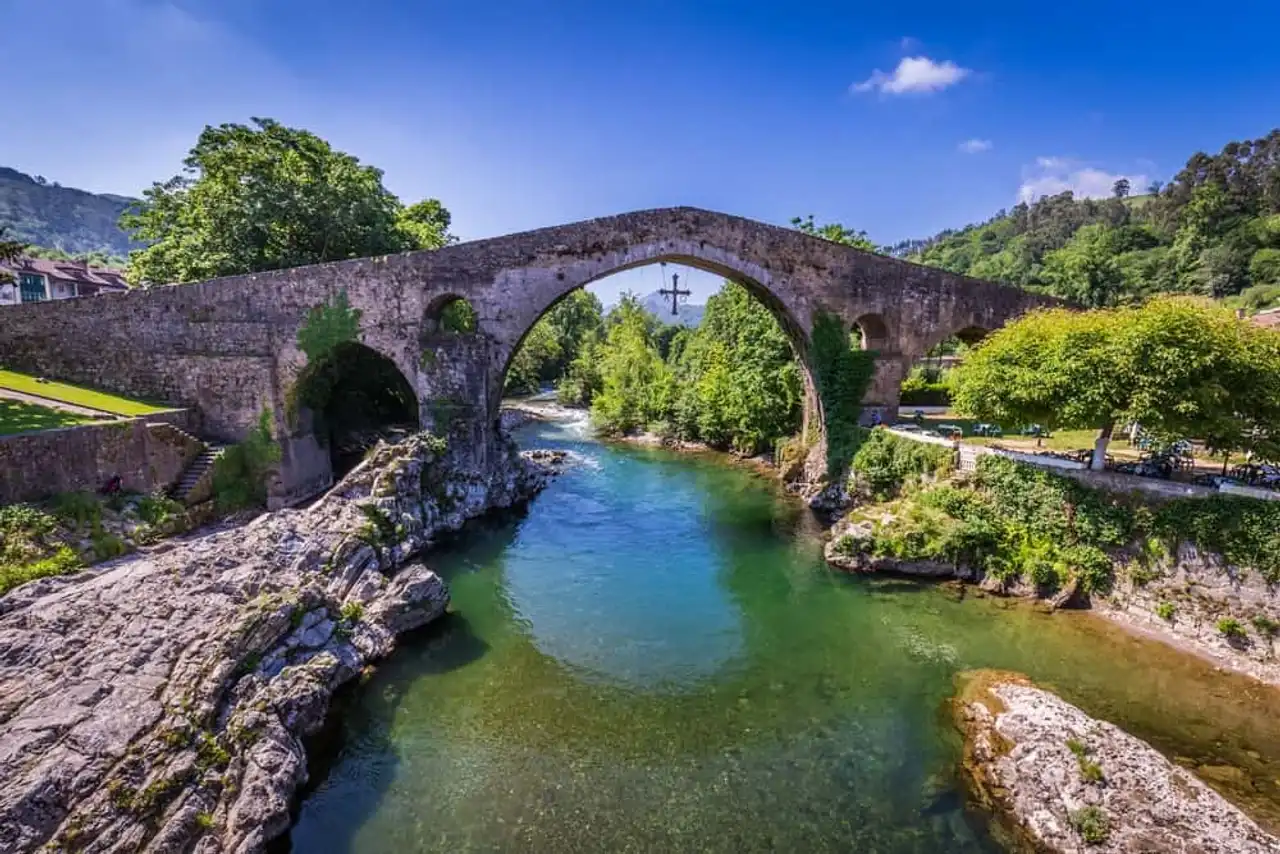
Photo credit: Shutterstock – Lukasz Janyst
The error was repaired in 1970 by the Asturian artist Félix Alonso Arena. All in muscle and ready to brandish his sword, the Asturian hero stands on his pedestal where an inscription says “Peayo first king of Spain”.
It is presented under its best day and is sublimated by the building located just behind it, the church Nuestra Señora de la Asunción. Its three-storey bell tower, its reddish stones characteristic of the region and its stained glass from the Mauméjean workshop leave the mouth-bee visitor.
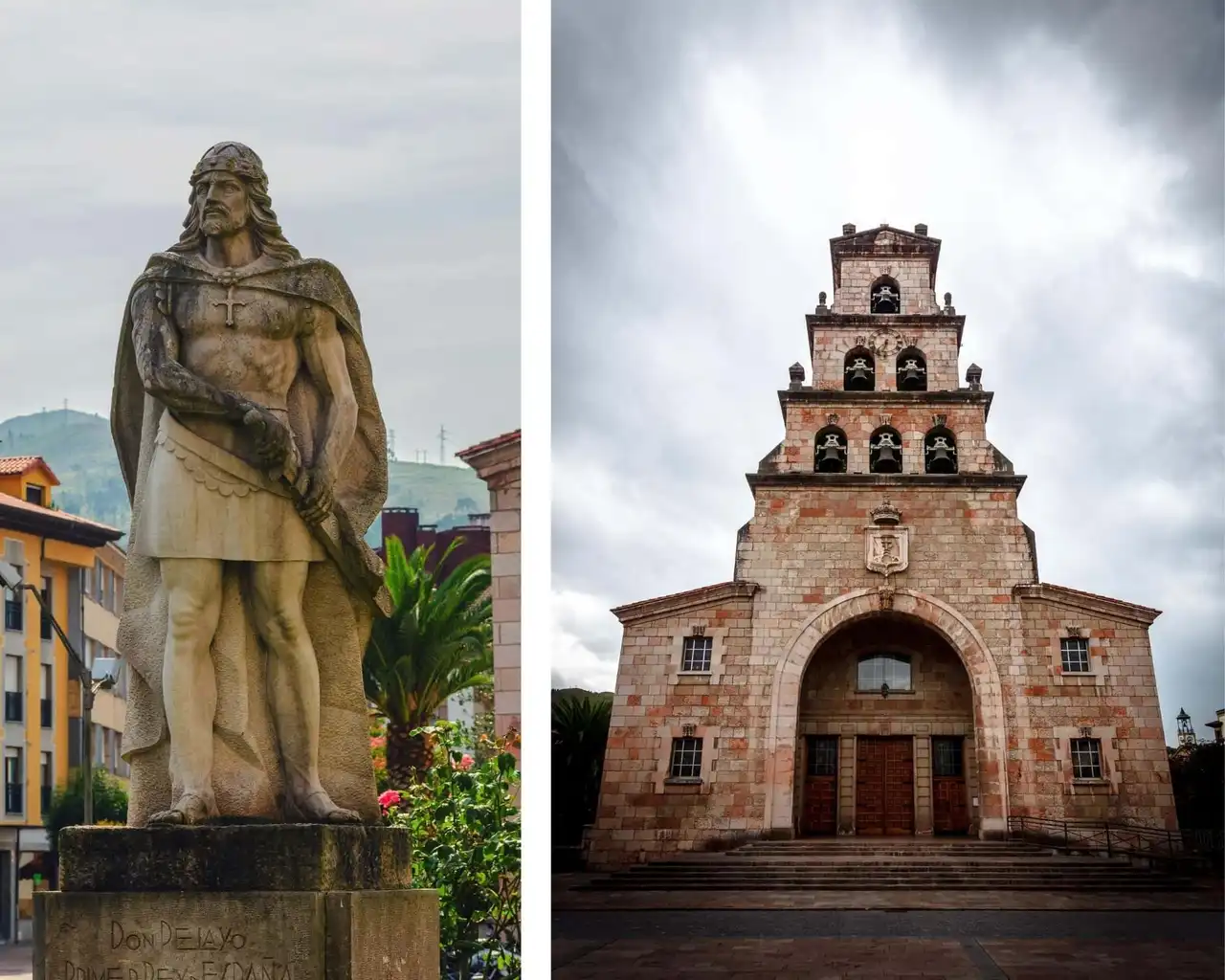
Photo credit: Shutterstock – Alfonso de Tomas & David Acosta Allely
Another highlight of this time is the Hermitage of Santa Cruz. Built by King Favila in 735, the chapel was destroyed during the Spanish Civil War. Fortunately, the artist Luis Menéndez Pidal set a point of honour to set her up in the 1950s.
It was supposed to house the Cross of Victory but the Asturian relic was moved to Oviedo. However, it contains another treasure. When you cross the grid, you can see an opening in the ground that lets you discover a dolmen (about 5,000-3 000 BC).
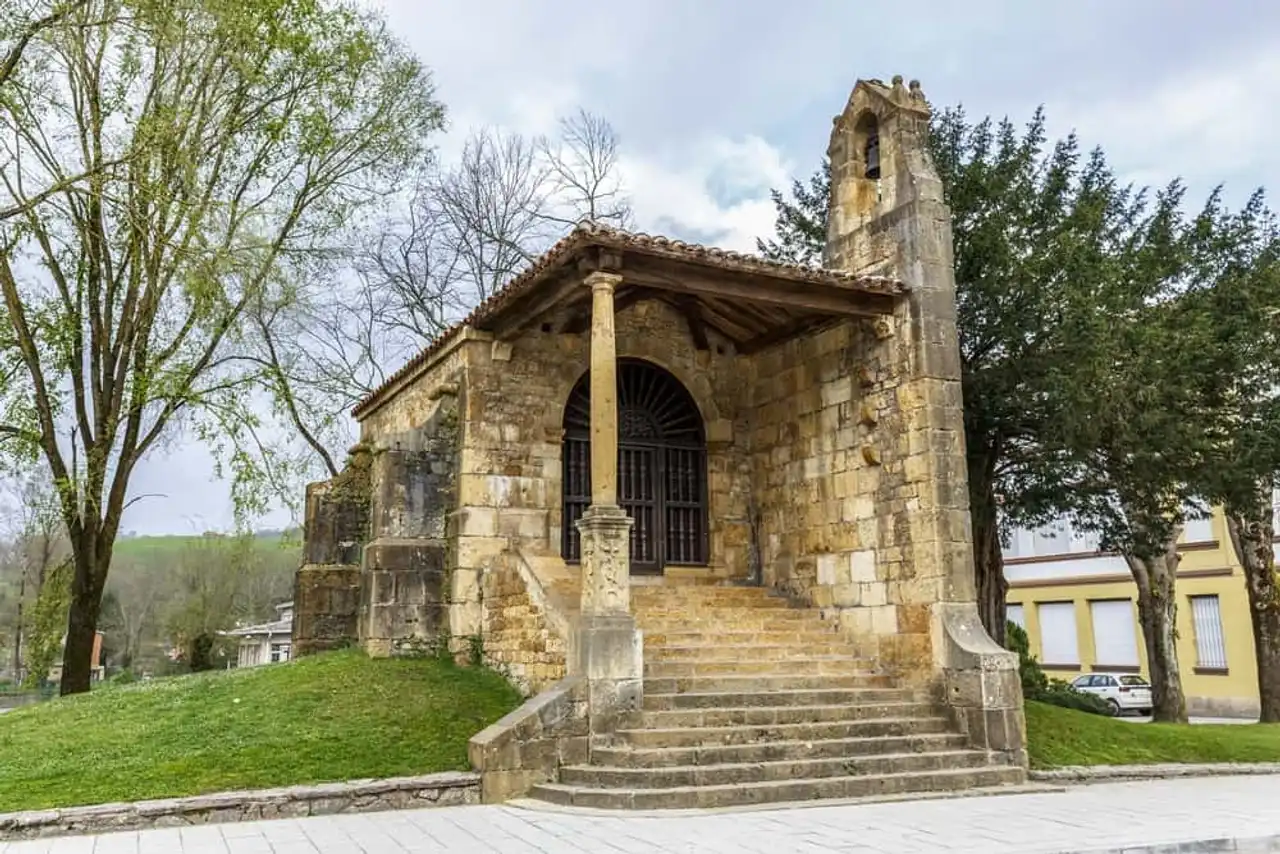
Photo credit: Shutterstock – KarSol
The Asturian villages
Also take advantage of the stop in Cangas de Onis to get closer to the Asturian coast. There are three typical villages in the region: Ribadesella, Llanes and Lastres.
Ribadesella
These three fishing villages each have their characteristics. Apart from its beaches of fine sand that are conducive to farniente, Ribadesella draws its reputation from the caves of Cueva de Tito Bustillo and Cuevona de Argüelles.
Here, reference point to the Reconquista but the presence of 14 000-year-old rock paintings that adorn the cave.
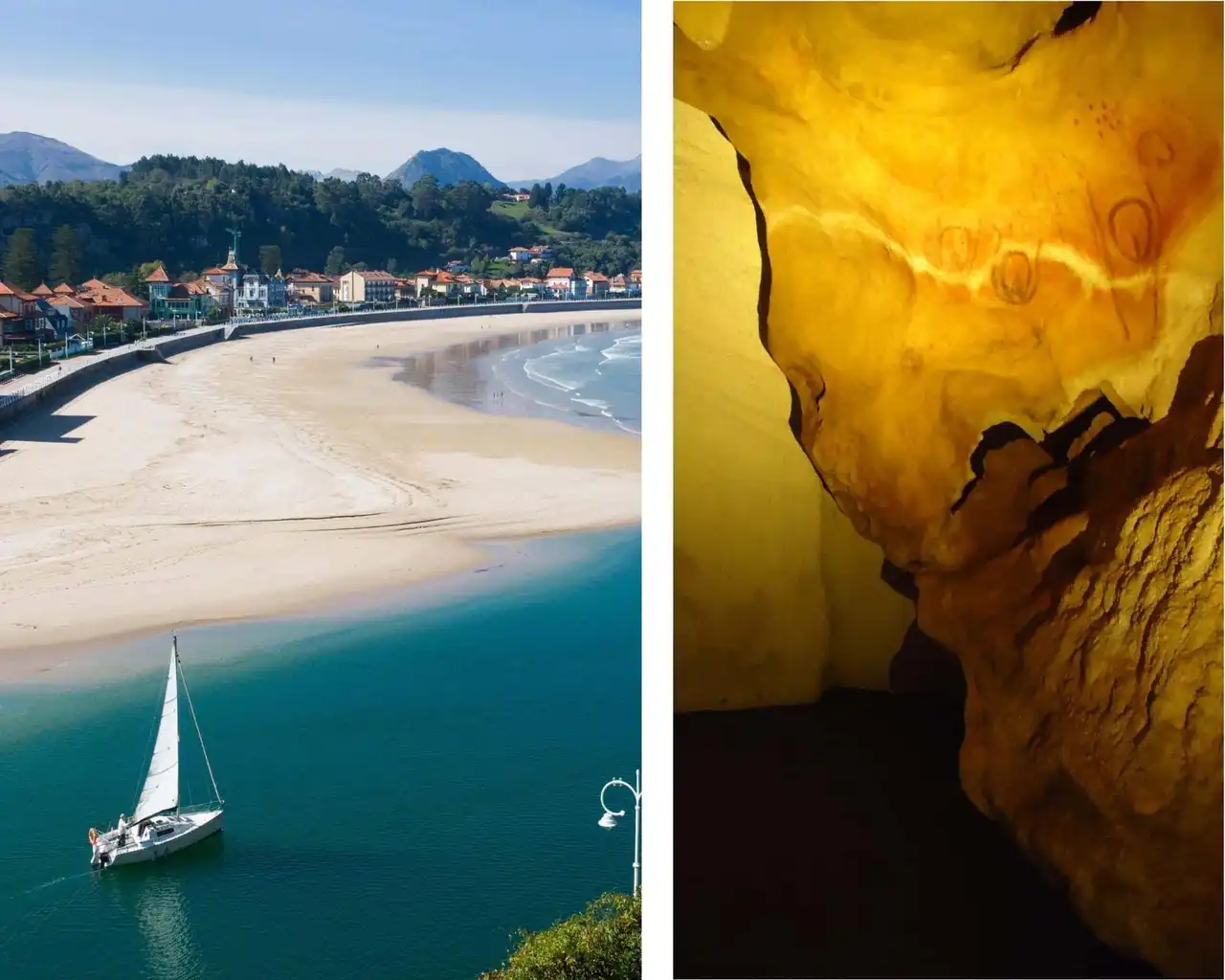
Photo credit: Shutterstock – alvaher / Wikipedia – Falconaumanni
Llanes
As for Llanes, after a walk in its historic centre to discover its medieval remains, head to the port. In the distance, shimmering colors draw your eye and, by approaching you, you fall nose to nose on Los Cubos de la Memoria. Through this atypical work, artist Agustín Ibarrola wanted to pay tribute to the history of Asturias.
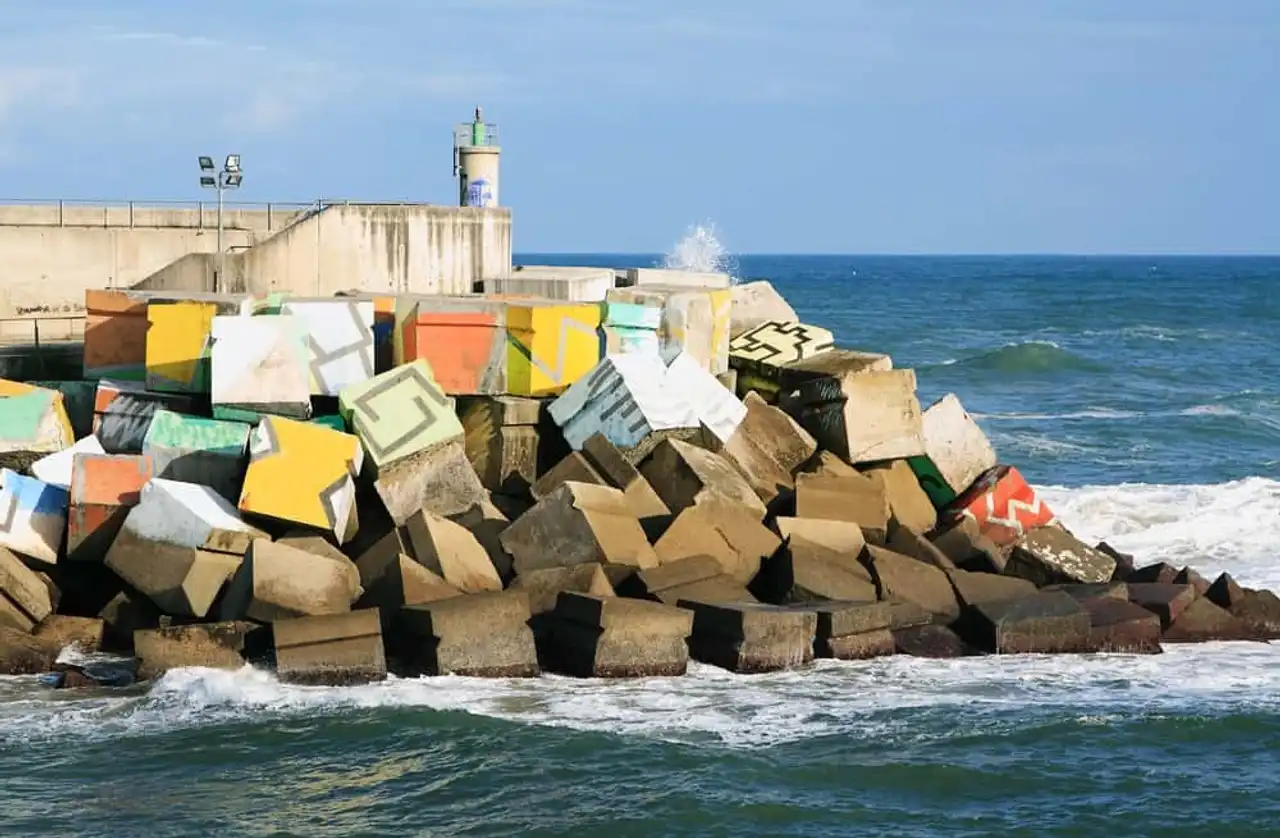
Photo credit: Shutterstock – Marisa Estivill
Lastres
Finally, there is the charming city of Lastres. Built in a natural amphitheatre, it is ideal to lose in its paved streets as well as to enjoy incredible views.
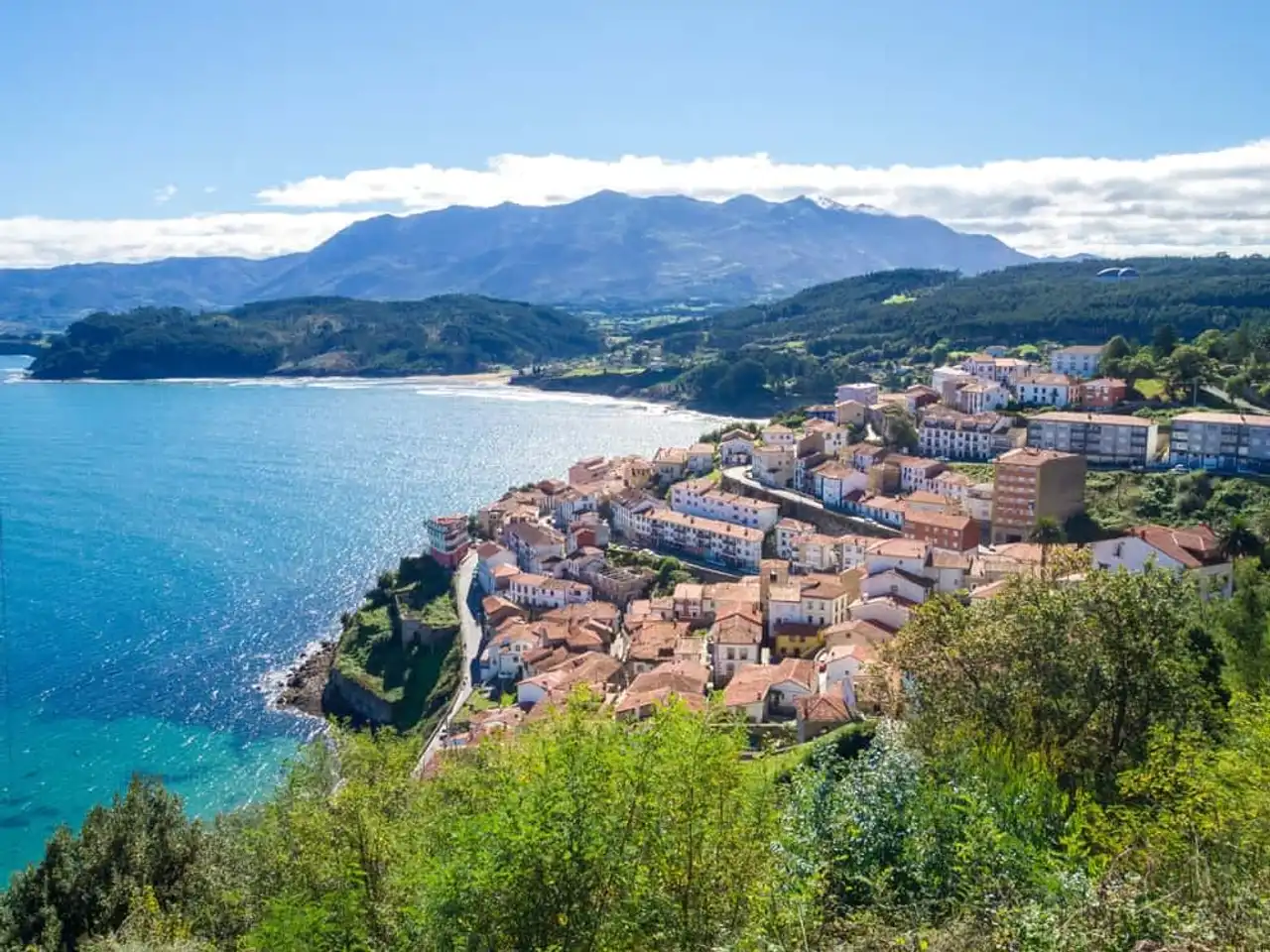
Photo credit: Shutterstock – Jon Chica
It's time to turn back, but don't take the direction of León. Like Cangas de Onis, it does not remain the capital of the Kingdom for a long time because it will be detached by Oviedo, symbol of the greatness of the region.
The very noble Oviedo
Day 3:
- City of departure: Oviedo
- City of arrival : Oviedo
- Places to visit: Church of Santa Maria del Naranco, Church of San Salvador, Camara Santa and Museum of Fine Arts
- Recommended time: day
Defeated by Charles Martel in 732, the omeyade empire renounces its European expansion. However, it will not be hard to take back the territory of Asturia. It considers that the region has little resources and especially severe winters do not serve them.
Another important point is that intestine feuds emerge in their homeland. And despite a few annual battles here and there, the Asturian kings keep control of the kingdom and even reach it.
A construction almost due to chance
In 761, two monks named Máximo and Fromestano walk along the Roman road linking León to Pajares. They stop on a hill and, seeing the green pastures around them, embark on the project to build a modest farm.
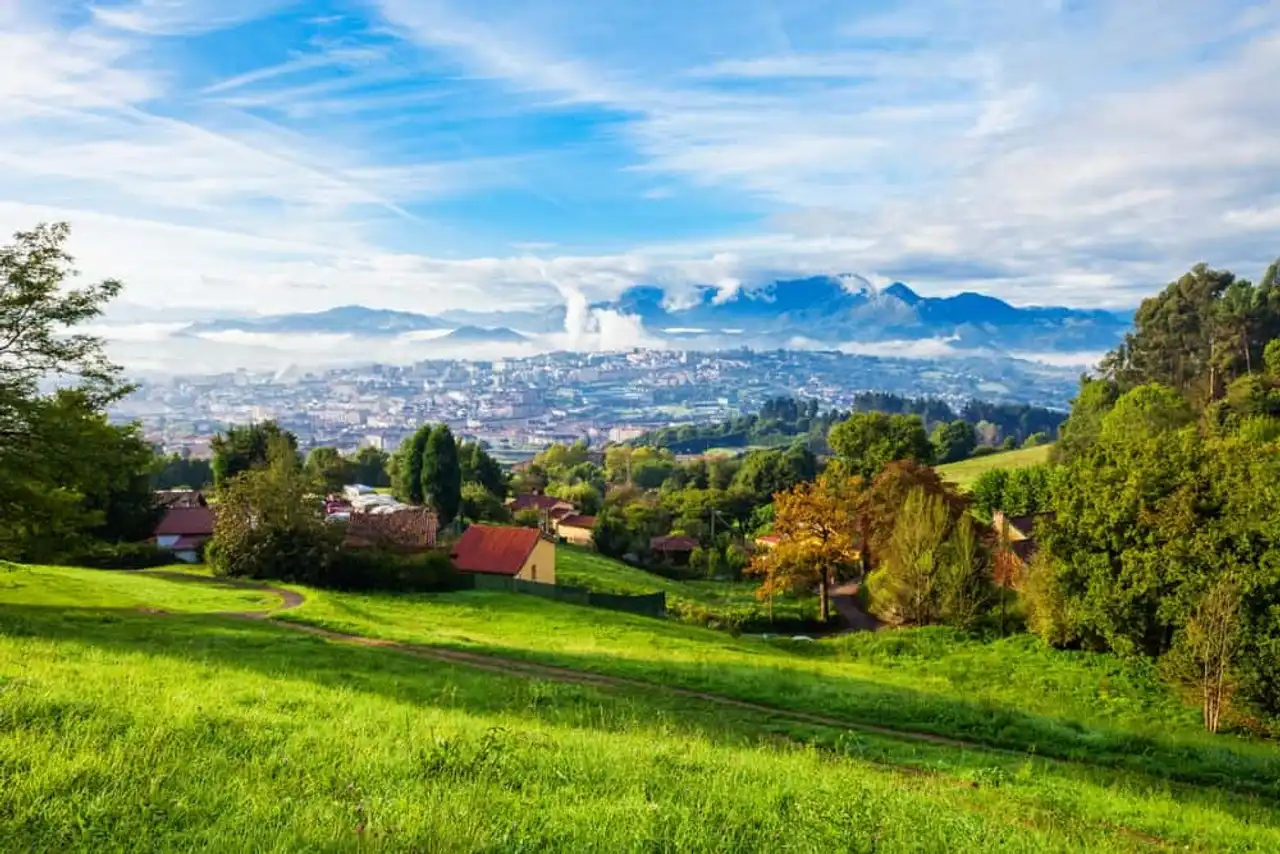
Photo credit: Shutterstock – saiko3p
The legend says that King Fruela I would have stopped there after a hunting party. Sufficiently suspicious, the monarch would have fallen in love with the place and, with emotion, would have said he wanted to build the largest city of Asturias here.
In real estate developer he decides the construction of several buildings including a church that will be the birthplace of his son, Alphonse II. In return, the heir will make his native land the capital of the Kingdom when he ascends to the throne.
On the way to the Cross
Before you venture into Oviedo even, start by visiting the church of Santa Maria del Naranco located 3 km northwest. This is the old royal palace whose function was turned away following the departure of the court.
It is one of the jewels of pre-Roman art that must take the time to admire. It is one of the first constructions to use the so-called "double arcs" technique. It consists of laying a row of exposed stone on the inner curvature of a vault, mainly to play a decoration role. 200 years later, the Romanesque builders will also dress up their construction of this ornament.
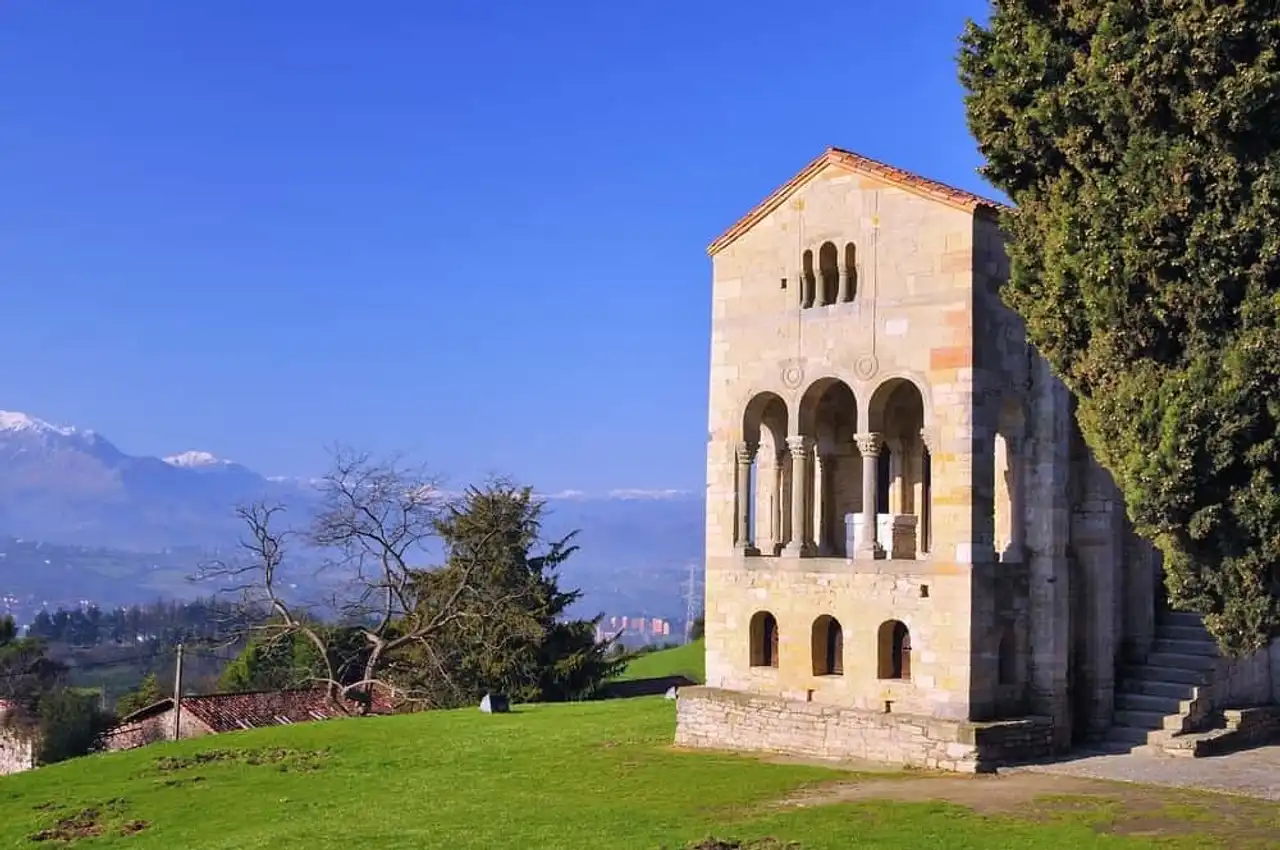
Photo credit: Shutterstock – StockPhotoAstur
Finally in Oviedo you will easily fall on the Cathedral of San Salvador. His gothic style could mislead you on his pre-Roman origins and yet. The bell tower dates well from the 8th century as well as the Camara Santa, located right next door.
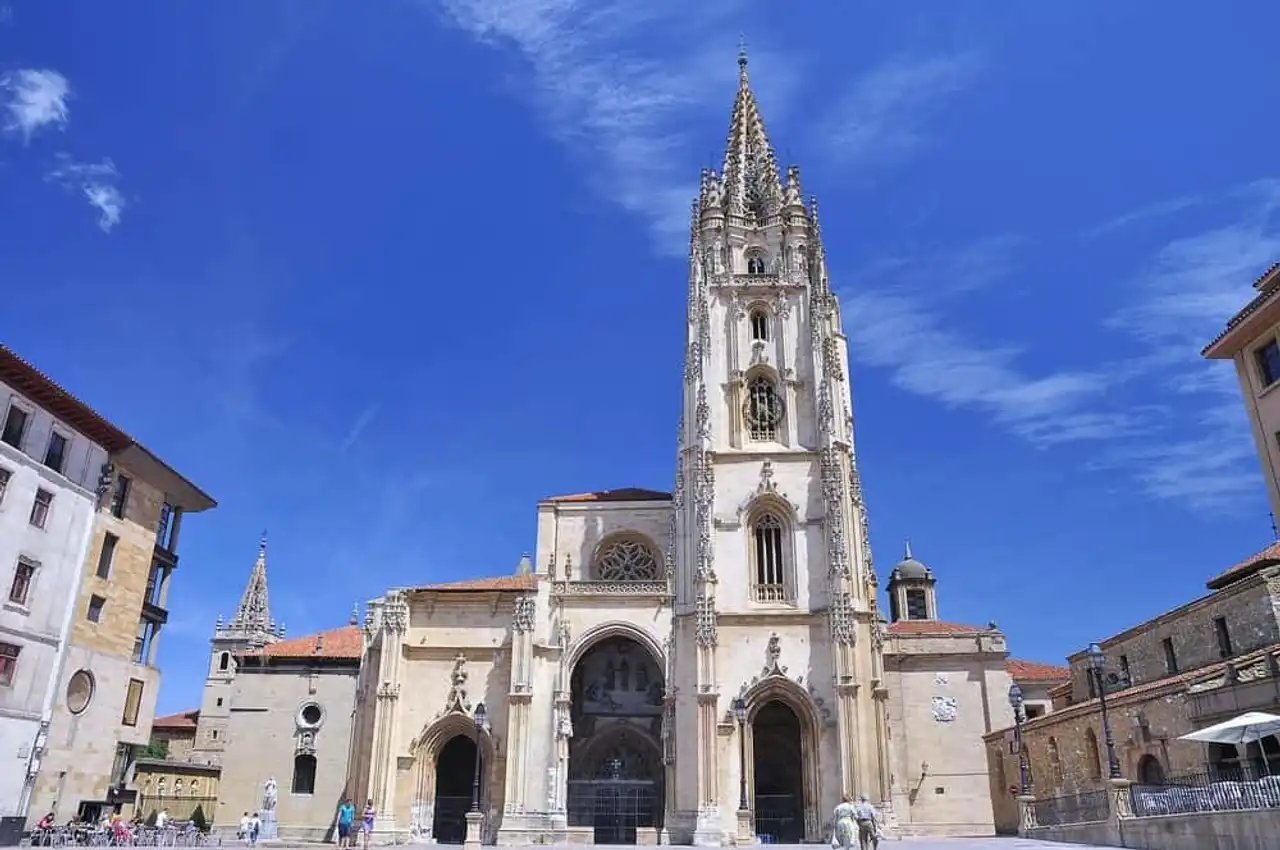
Photo credit: Shutterstock – StockPhotoAstur
This is not the most impressive building in Oviedo and you could almost pass in front without paying attention to it. On the other hand, he is certainly the one who is most responsible for History. Without knowing it, you have embarked on this adventure for him because he is home to the true Cross of Victory.
After having been able to scroll her many replicas to Covadonga or Cangas de Onis, she is finally in front of your eyes! If you approach her, you notice that her heart is oak but that the forgerons of the time have managed to cover her with gold and then serve her with jewels.
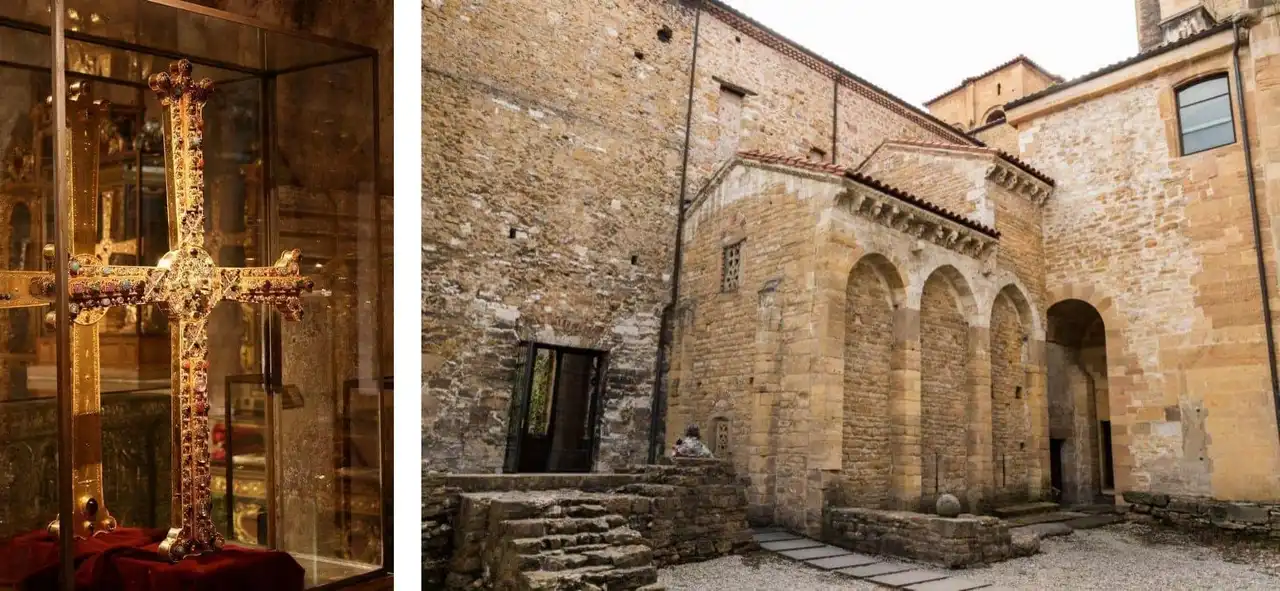
Photo credit: Wikipedia – Sitomon/ Shutterstock -Joaquin Ossorio Castillo
Despite the presence of other treasures such as the Cross of the Angels, the casket to the Agates or the book of the Wills, your eyes remain on the precious relic. You feel like Indiana Jones returning to the Cross of Corovado years after she escaped her.
Do you then put yourself in Pelayo Square and imagine with a sword in the right hand and the cross in the other? A sense of invincibility passes you and you now understand why the Asturian hero was not considering anything other than victory.
This must not mark the end of your adventure in Oviedo. If you still have time, it is time to discover a little more the city on foot and to take a tour in the Museum of Fine Arts. 15,000 pieces are at your disposal for what constitutes the largest collection of Asturia art. Thanks to them, you can admire other aspects of this region than those mentioned above.
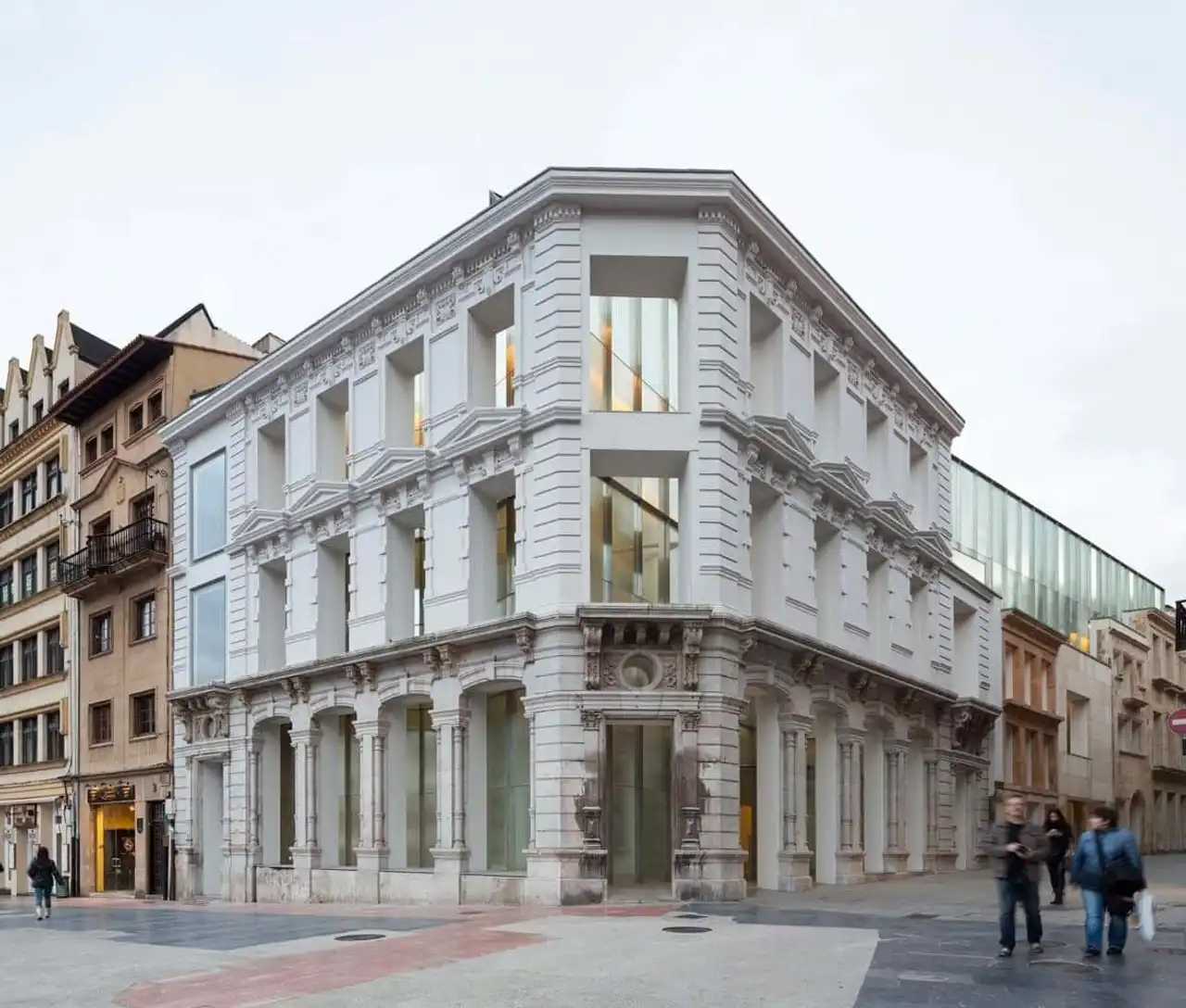
Photo credit: Facebook – Museo de Bellas Artes de Asturias
You will surely discover that the kingdom will eventually absorb that of Leon in 925. However, despite only 2 centuries of existence, you have discovered why the Asturias were important in Spanish history. Without the tenacity of Pelayo and his successors, the omeyade empire would eventually have annexed the entire Iberian Peninsula and the Reconquista would never have taken place. This sword was therefore worth a royal title!
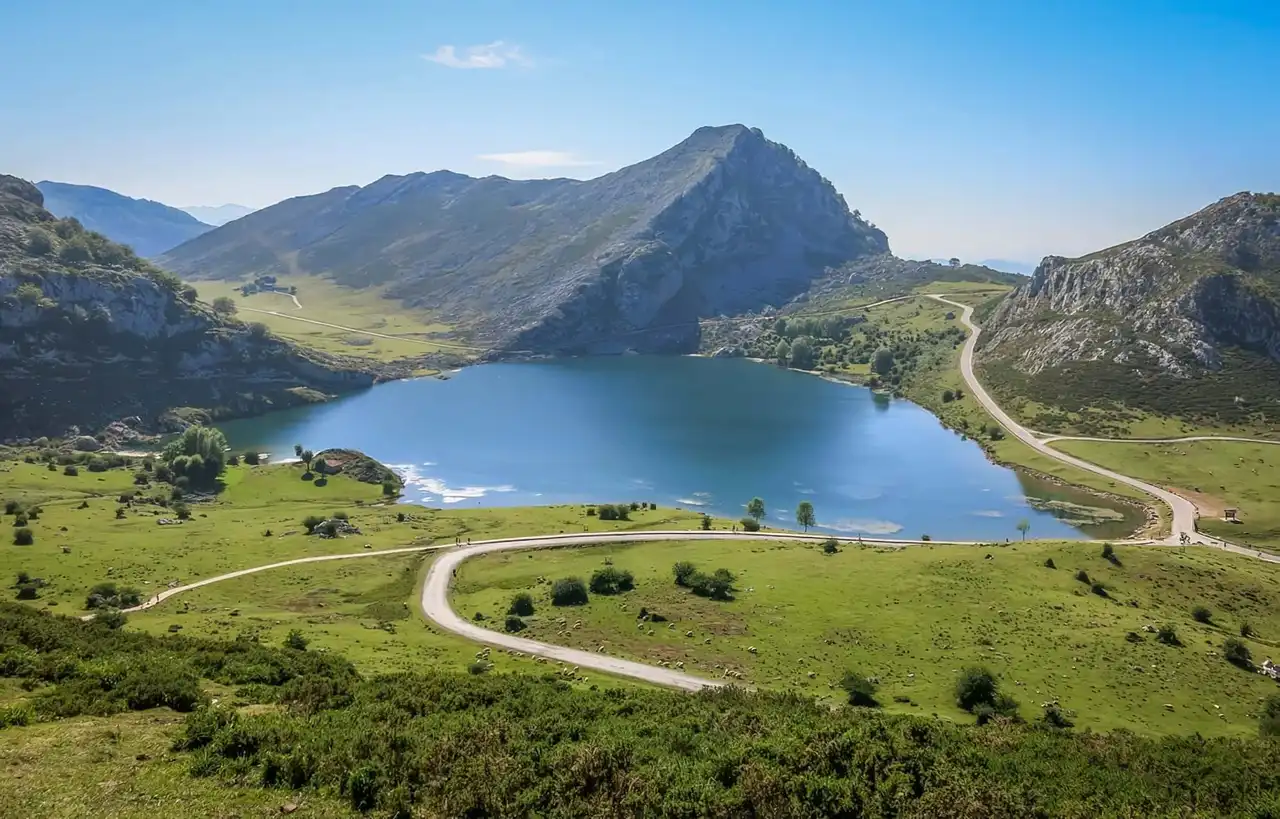





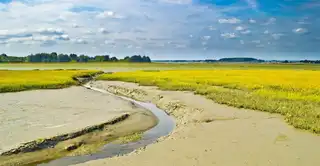
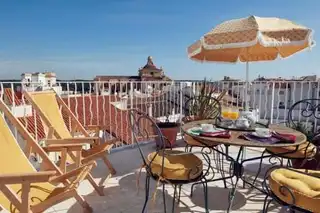
Loading comments ...